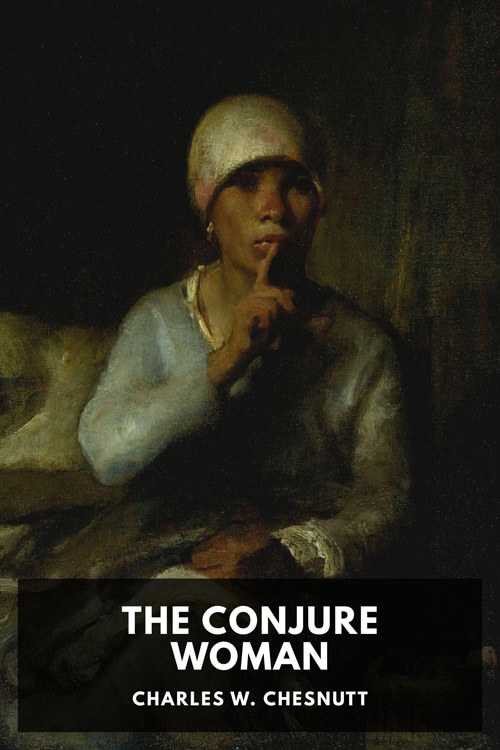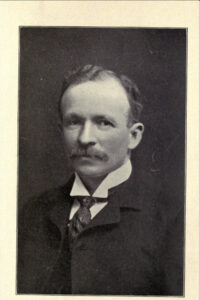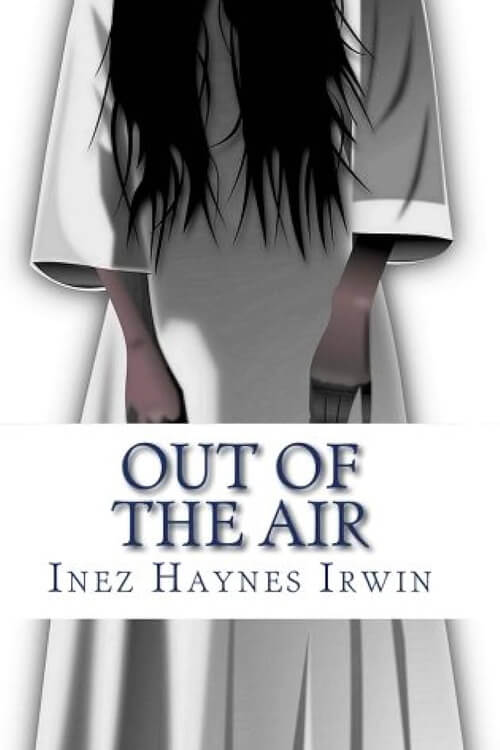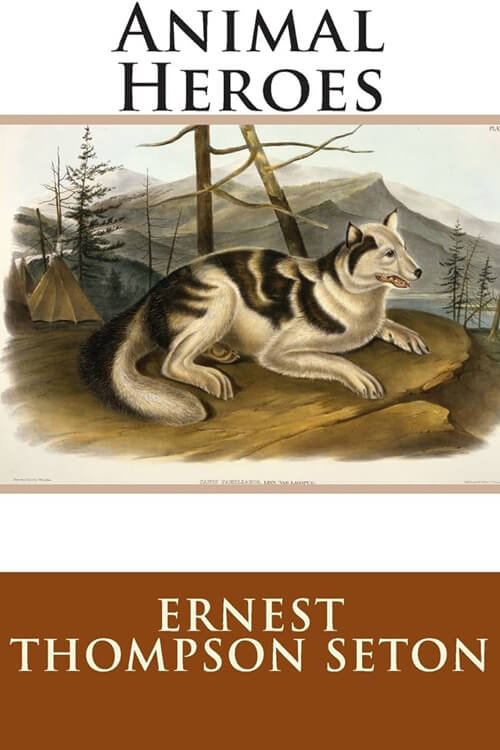
The Conjure Woman
The stories in The Conjure Woman all share the same narrative frame and duelling voices. The narrator is a white Northerner named John who has come to the South because his white wife, Annie, is in poor health and requires a warmer climate. Also, John wants to own and operate a vineyard. John passes along the “conjure tales” told by Uncle Julius McAdoo, an ex-slave who serves as both a trickster figure and a subversive witness. John, who prefaces each tale with a supercilious monologue, is captivated by the pre-Civil War history of the region but sceptical of McAdoo’s clever and sometimes crafty accounts.
At the same time, Annie is more sensitive to lived experience and sometimes glimpses the covert moral in McAdoo’s stories. Each story involves other former slaves from the McAdoo plantation and other nearby plantations. Most of the stories are derived from African-American folktales and hoodoo-conjuring traditions, while others are revisions of tales from Ovid’s Metamorphoses. Each story features a conjurer, most notably Aun’ Peggy in “Po’ Sandy,” “Mars Jeems’s Nightmare,” “Sis’ Becky’s Pickaninny,” and “Hot Foot Hannibal.” In “The Conjurer’s Revenge” and “The Gray Wolf’s Ha’nt,” Uncle Julius discusses the activities of free black conjure men.
The Conjure Woman differs from other post-Civil War literature in the Plantation tradition in condemning the plantation regime and eschewing popular racial stereotypes like the magnanimous white slaveholder and the infantile black in need of a caring master. Critics noted that Chesnutt deploys a clichéd or codified structure, with a friendly former slave recounting a story to white Northerners, and creates a familiar impression of antebellum nostalgia. In African American Folklore as Racial Project in Charles W. Chesnutt’s The Conjure Woman, Donald M. Shaffer contends that Chesnutt’s use of storytelling is a form of black agency as it allows Chesnutt to employ a traditional form of storytelling to flip the narrative of plantation fictional stories. The tales told by Julius are more tragic than wistful and underscore a deceptive naivety and mysticism with a subtle, sly challenge to white authority. Julius contradicts the dominant racial discourse of the late-nineteenth and twentieth centuries, depicting black resistance and survival as well as demonstrating the psychological effects of oppression and slavery. Despite their enslavement, Uncle Julius and other slaves leveraged power in exchange for information, favours, or conjuring and demonstrated their intelligence through plots of self-gain and sometimes revenge.
Read or download Book
Charles W. Chesnutt
Charles Waddell Chesnutt (June 20, 1858 – November 15, 1932) was an American author, essayist, political activist, and lawyer best known for his novels and short stories exploring complex racial and social identity issues in the post-Civil War South.
Biography
Two of his books were adapted as silent films in 1926 and 1927 by the African-American director and producer Oscar Micheaux. Following the Civil Rights Movement during the 20th century, interest in the works of Chesnutt was revived. Several of his books were published in new editions, and he received formal recognition. A commemorative stamp was printed in 2008.
In Cleveland, during the early 20th century, Chesnutt established a highly successful court reporting business, which provided his primary income. He became active in the National Association for the Advancement of Colored People, writing articles supporting education and legal challenges to discriminatory laws.






